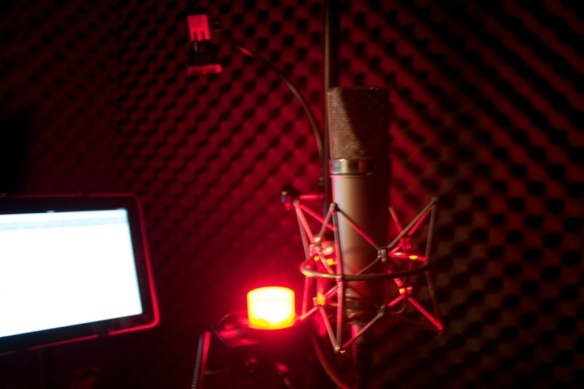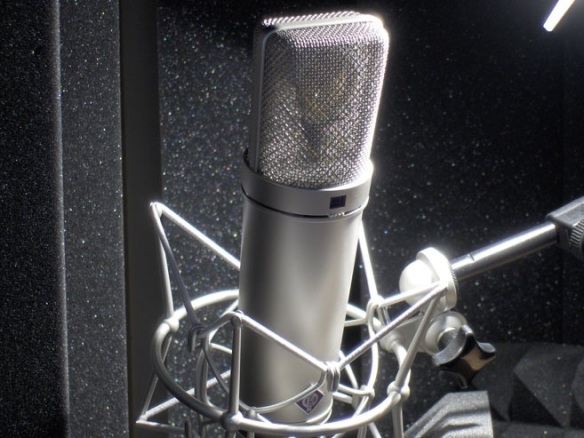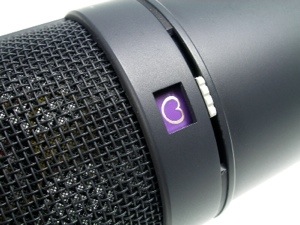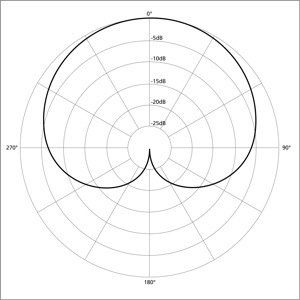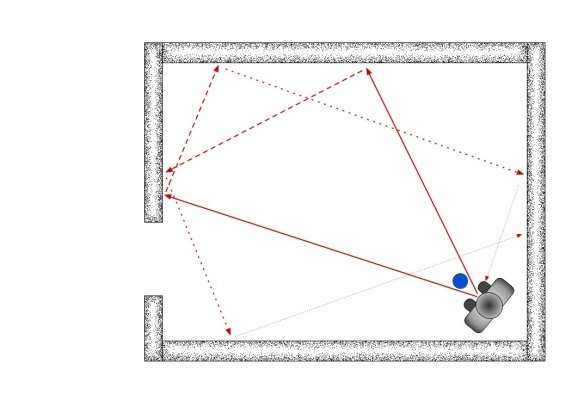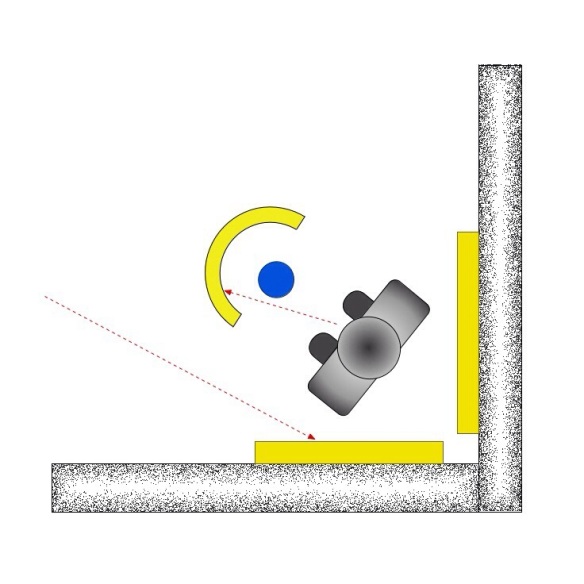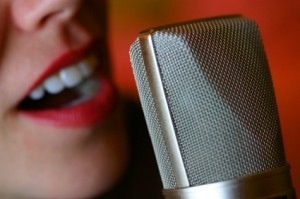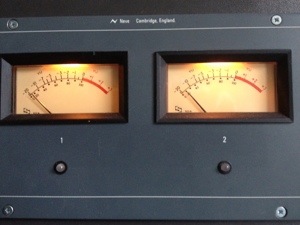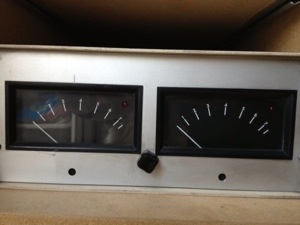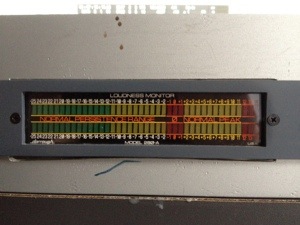I was at a party the other night and the inevitable question popped up “so, what do you do for a living?”
“Oh, I’m a voiceover, you know adverts, corporate films, video games and the like”
“REALLY? That’s fascinating. How did you get into that?”
And I launch into my story about having been in another, unrelated business, but that my job meant that I had to appear on the radio quite a lot. Then one day a voiceover agent called into the producer of the show I was on and asked me to call him as he had a proposition. All true, but wait. Was that really the reason why I became a voiceover. Actually, I can trace my fascination with disembodied voices much further back. And that fascination stayed with me right up to the time I myself joined the ranks of the jobbing VO and (I’m glad to say) is still with me today.
The real reason I became a voiceover is because I was inspired by so many wonderful voices throughout my life – my voiceover heroes!
So I thought it would be fun to name a few of these voices. I’m sure we each have our own personal experiences. Please feel free to comment with yours.
As a child it was often the advertising voices that caught my attention although, unfortunately, I didn’t know the names of the artists behind them. But, growing up in the Sixties and Seventies meant TV advertising was heavy on announcer type voices; authoritative but welcoming, deep and dry, a subtle elegance of vowel marking out the voice as someone cultured and trustworthy.
I was growing up in a Northern English provincial town, so the vowel sounds especially fascinated me as they just sounded so sophisticated – I hardly heard any non-local accents except on the TV or Radio. The other thing that I noticed very early on was the quality of the sound. It was so different than the voices of the actors in TV series’ or even the newsreaders. What I was hearing of course was the close mic’d perfection that is to be found only in the vocal booth. A rarefied space (with comfy walls) that we VO’s call our lair. There are no annoying reverberations to cause boxiness in the booth, nor are there any other noises. No, in the booth there is only the voice.
Patrick Allen, sadly no longer with us, was one of those voices. His RP tones epitomised that trustworthy sound described above. Apart from his long running association with the TV campaigns Barratt Homes (often hilariously voiced from a helicopter), he was also employed by the British Government to tell us ordinary folk what to do in emergencies. Here he is in particularly good form in the Protect and Survive series of Public Information Films played at night, just before closedown of the TV network, explaining what we should look out for when the nuclear bomb fell near us. (This was the height of the Cold War of course)
Patrick Allen was not only a voiceover artist, he was a good actor too, making his debut in Hitchcock’s Dial M for Murder. He also had a great sense of humour and loved to mock the natural pomposity of his voice, as witnessed by his many announcements for the likes of Reeves and Mortimer, the narration for Blackadder etc. This gave him a new audience and it wasn’t long before E4, the newly launched sister channel to Channel 4, got Patrick in to do some channel promos where he would hilariously say things like “Chucking Spunky Tunes In Your Tellybox” in full button-down pomposity – wonderful. Sadly Patrick died in 2006, but the voice didn’t. People so loved these promos that the fantastic Peter Dickson stepped up to the mic, modulating his soft Belfast accent and cramming it into the starched collar left behind by Patrick to wonderful effect for E4 and just about every game show on British TV.
Here’s some E4 promos. Patrick first, followed by Peter. Two great voiceover heroes in one!
Going back to the 1970’s, it was closedown that I enjoyed the most. Not only did you often get to hear Patrick Allen suavely telling us to stay safe in a nuclear war by hiding under the sofa, it was also when the continuity announcers often showed themselves. In my particular TV region of the UK (Granada and BBC North West) closedown was always a special event. While the BBC would typically play God Save the Queen, over on the more liberal Granada, the closedown would be marked by the previously out of shot voices between programmes suddenly being given a face. A face complete with shoulders and half a chest. It was wonderful so be able to put a face to the voices of Charles Foster, Colin Weston and Jim Pope. They never quite looked how they sounded. Here’s a selection.
It was also toward the end of the 70’s that I first became thunderously aware of Don LaFontaine. Now going to see ‘grown up’ movies, i would regularly witness him rattling the cinema seats with his low, rumbling voice. The trailers were often the best bit of the movie experience! Don’s also sadly departed but he left in his wake a whole industry dedicated to shaking us out of our seats in order to grab our attention and tell us about the next film we would go and see. A true VO legend.
And no hero list would be complete without one of the warmest British voices in the business, Joss Ackland.
A fabulously talented actor, Joss has also been moonlighting as a voiceover for many years and continues to do so even at 85. His voice exudes gravitas and joviality in equal measures and just somehow makes you feel better about the world when you hear it.
Channel 4 was probably my most watched TV channel during the 80’s and 90’s. Their blend of irreverence and intelligence was great and their arts programming was, and still is, wonderful. And it was in the 90’s that another continuity voice caught my attention. Up until this time all the voices between programmes, certainly on national networks, had been lovely rich RP voices, but all of a sudden here was a voice filled with warmth and humour, and the personality was greater enhanced by its regionality, a soft midlands voice belonging to Gary Terzza. For me, the output of Channel 4 is forever linked to Gary’s voice. He punctuated the output of the station with his sharp and concise comments; an Everyman voice, but one so expressive and engaging it made you really want to watch the next programme.
I’m lucky enough to have both attended and taught at Gary’s excellent VO Masterclass and also to have voiced a couple of adverts with him over the years – and he’s every bit as nice as his voice would lead you to believe. He still pops up on Channel 4 and is the channel announcer for More 4 and the stations’ output is always the better for it. I also know for a fact that he can even do his continuity with a mouthful of Spag Bol. (Gary will know what that’s about!)
And so this brings us neatly back to Peter Dickson in all his Patrick Allen post-modernist glory. A circle of voiceover heroes, and the real reason I do what I do.
Who owns the voices that made you get behind the mic?

